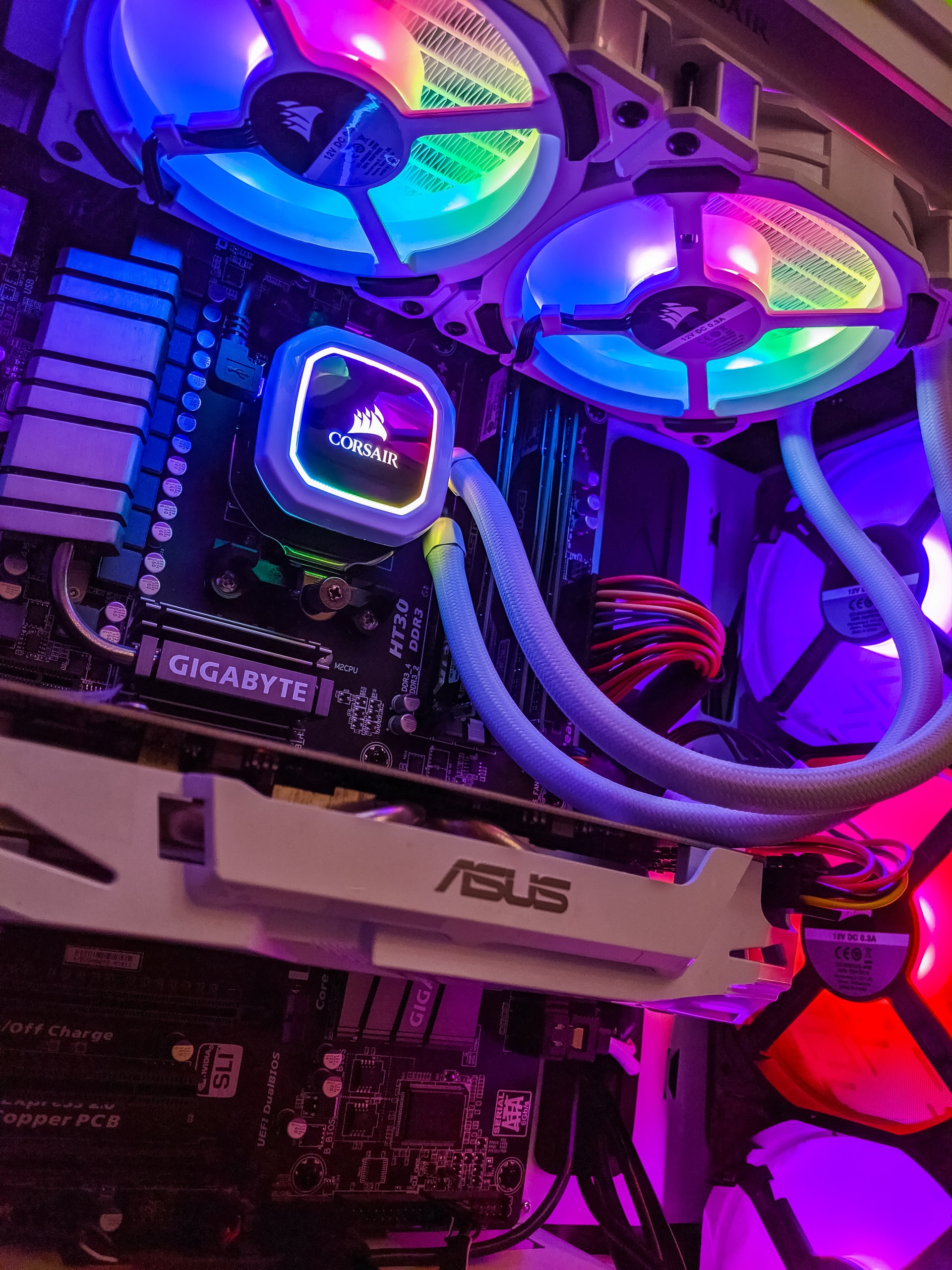You can maximize the use of your rig based on your preferences when you build a gaming PC rather than buying a pre-built one. Aside from being able to match your build to the games you play, tweaking the price point is more plausible in this option than purchasing pre-built ones.
However, it is not a simple task to build a gaming PC, so guidance is imperative if it is your first time. One mistake, and you may throw away a big investment.
Thankfully we will provide an overview on how to build a gaming PC in this article.
Types to consider when you build a gaming PC
|
Price range |
Classification |
Perks |
| $300-$400 | Budget gaming | Play certain games in low settings |
| $500-$600 | Entry-level | Play AAA games in low to mid settings |
| $600-$800 | Midrange | Play AAA games in 1080p with 144 Hz |
| $800-$1000 | Flagship | Play AAA games in QHD with maxed out settings |
How to build a gaming PC: 9 steps
Step 1: Prepare the parts needed along with the tools.
You need the following parts to build a gaming PC:
- Case
- The central processing unit (CPU)
- Motherboard
- Memory (RAM)
- Graphics processing unit (GPU)
- Storage
- Power supply unit (PSU)
- System cooling
- Operating system (OS)
Once you have these along with Philipps #0 and #2 screwdrivers, clean your workspace, and you are good to go.
Step 2: Secure the CPU.
Take the motherboard out and locate the CPU socket. Retrieve your CPU and carefully attach it to its designated motherboard spot by lifting the latch and fitting the CPU in place.
There will be some sort of resistance. However, if the latch feels snappy, ensure that your CPU is snug in its socket first but refrain from touching it.
Step 3: Install the CPU cooler.
Align your CPU cooler to your CPU and mount it through the proprietary brackets. If your cooler does not need the bracket, remove them first and attach your cooler using thermal pastes.
This process will depend on the cooler and motherboard configuration. If you use liquid cooling systems, refer to the user manual for the specific steps.
Step 4: Plug your storage drives.
This is the easiest step when you build a gaming PC as you will only insert your m.2 SSD stick into their slot along with the motherboard.
If you use a blocky HDD, then locate the specialized bay and screw your drive in place.
Step 5: Insert your RAM.
Depending on the motherboard, you may get numerous channels for your RAM. Make sure that the motherboard generation is compatible with your RAM.
Insert the memory in place if you populate all channels. Otherwise, consult your manual to determine which slots must be occupied first.
Step 6: Attach the motherboard.
Screw your motherboard securely to your PC case using standoffs (which may be provided along with the case).
DO NOT mount your motherboard without standoffs to prevent the occurrence of short-circuits, throwing your gaming PC build to waste.
Step 7: Install the GPU.
Locate the PCIe x16 slot from your motherboard as this will be the bus where the GPU is inserted. If there are several slots, refer to the manual on which should be occupied first.
Align the card to its slot and apply a little force to connect it into place.
Step 8: Hook up your power supply.
Perhaps the most tedious portion when you build a gaming PC is hooking the power supply. Most likely, your case will have a provided location as to where you will place your Power Supply Unit (PSU).
Attach a wire to your motherboard, CPU, GPU, HDD, and 2.5 inch SSD (if any). Cover your case once the wirings have been beautified and tidied up.
Step 9: Boot it up and install your OS.
Make sure to have a bootable flash drive containing your Windows installer. This will activate your gaming PC for normal operation and usage.
Takeaway
It is not easy to build a gaming PC, and these steps provided a general overview of what you must look forward to in case you decide to build your own rig. Just make sure to have a keen attention to detail and light working for a hand when you do so for safety purposes.
But if you do want to check what a good gaming PC looks like first, then you can easily get one for less than $800. Check some of them here.

